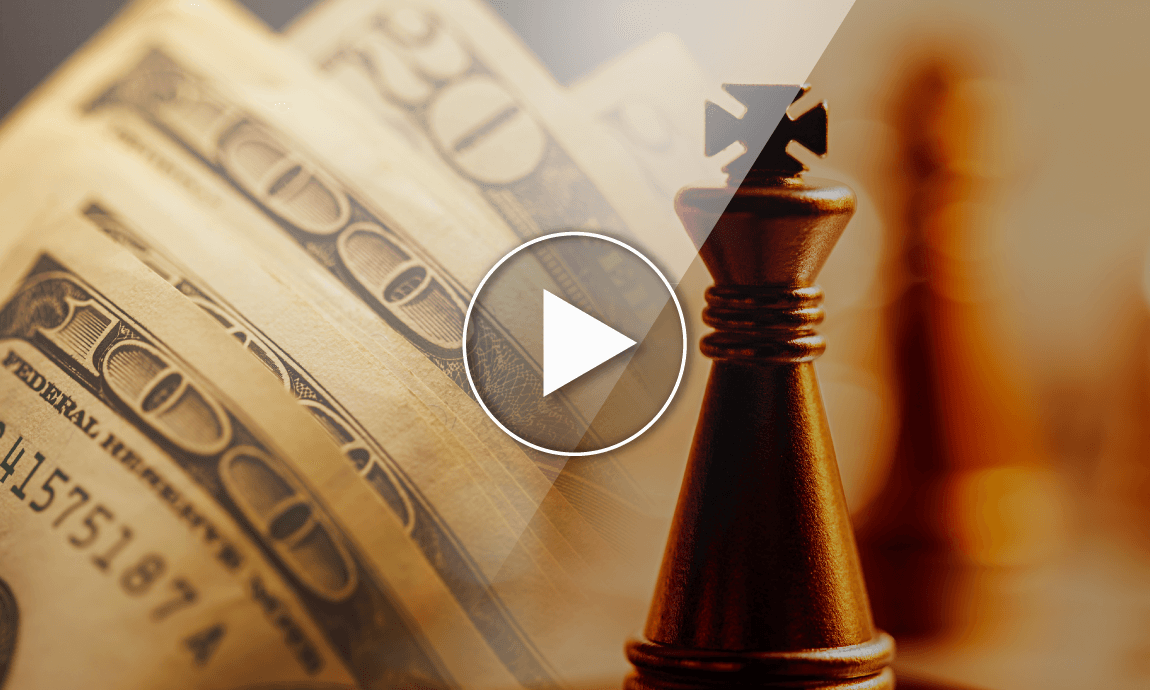The US stock markets left behind the turbulent period of the last weeks, advancing towards fresh record highs amid the improved risk sentiment after US lawmakers passed a $1.9 trillion pandemic-relief bill, coupled with the falling bond yields, vaccine rollouts, and the hopes for a faster US economic recovery.
Dow Jones index ended above 32.000 mark for the first time:
The industrial-heavy Dow Jones index added 464 points, or 1.5%, to close at a fresh record high of 32.297 during Wednesday’s trading session, followed by 1.8% gains in the small-cap Russell 2000 index, and 0.60% gains in the S&P 500 index, while the tech-heavy Nasdaq Composite settled flat at 13.068.
The 30-stocks economic-sensitive Dow Jones index settled above the psychologically major 32,000 mark, for the first time. Gains were led from the cyclical sectors which would benefit from the faster recovery from the pandemic, such as Financials (Goldman Sachs, JP Morgan, American Express), airlines (Boeing), and Energies (Chevron).
Cyclical stocks have been outperforming the rest of the market since the start of the year, pricing in the reopening of the global economies from the pandemic, with the energy sector advancing nearly 40% so far in 2021, followed by significant gains of more than 20% in industrials, financial, materials, and tourist-entertainments.
Biden’s stimulus bill passes:
The new record highs came after the Senate House passed on Wednesday night Biden’s $1.9 trillion coronavirus relief package, sparking hopes for faster economic recovery in the USA after the pandemic.
President Joe Biden, who is expected to sign the bill on Friday, said that the cheques of up to $1,400 should start going out this month, while a new round of government spending and investments is looming.
Nasdaq’s sell-off followed by a strong rebound:
The tech-heavy Nasdaq Composite ended yesterday’s session flat, however, it managed to hold Tuesday’s massive gains of 4%, its best day since November 2020. The declines in bond yields amid the eased inflation worries have helped tech stocks to post a significant rebound during the last two days.
Nasdaq 100 had fallen into correction territory on Monday, after losing more than 10% since its record highs in mid-February, as the biggest concern from investors over the last weeks has been inflation stretching faster than expected. Tesla shares led the losses by more than 35% during the last weeks, with tech-giant Apple losing 15%, while the pandemic bets Zoom Video and Peloton have tumbled 24% and 30% in the same period.
The 10-year US Treasury yield has risen sharply in recent weeks, posting an impressive rally from 1% in January to above 1.60% on Monday. Yields rally in anticipation that the massive fiscal and monetary stimulus coupled with the growing hopes for a faster economic reopening could lead to a higher inflation.
The rising bond yields have forced investors to rotate out of the high-flying tech names, “stay-at-home” stocks, and growth-oriented stocks and into the cyclical stocks as the faster-than-expected recovery of the US economy could propel higher inflation rates.
Tech stock’s future earnings could be harmed from the elevating interest rates, as their true earnings lie many years in the future. Hence, it could increase their borrowing costs, and discount their ballooned valuations after their impressive gains during the pandemic in 2020.
However, yesterday’s US CPI data (Consumer Price Index) which came online with estimates of +1.7%, eased the inflation concerns at least for now, letting the 10-year US bond yields retreat from their recent highs of 1.60% to 1.49%, and triggering a strong rebound rally of the high-growth tech stocks.









